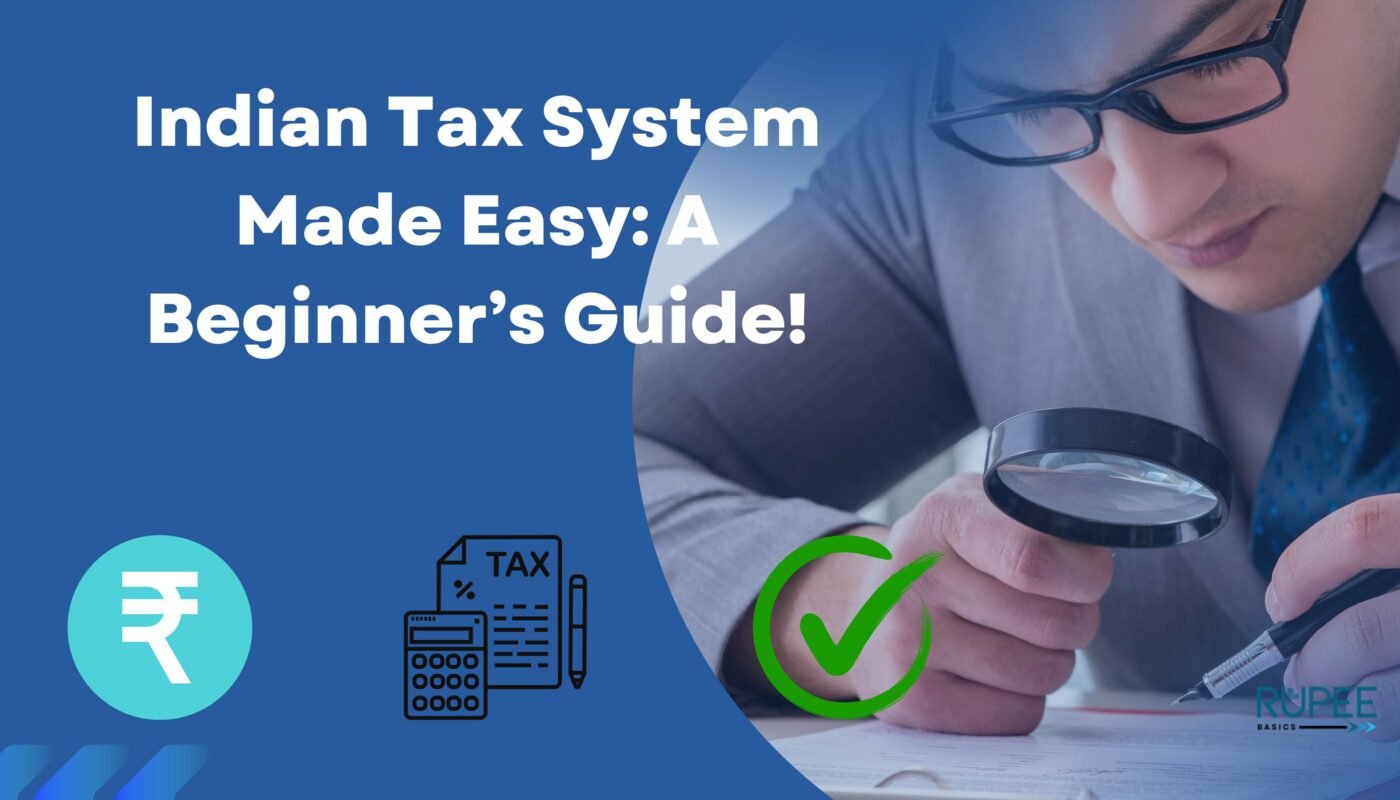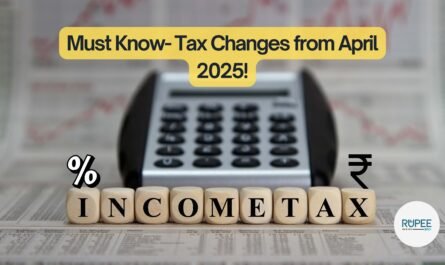Taxes! The word itself sounds scary to many. But don’t worry, we are here to make it simple and easy to understand. Whether you are a salaried employee, a business owner, or just curious about how taxation works in India, this beginner-friendly guide will help you grasp the basics without any confusion.
🌟 What is a Tax?
A tax is a mandatory financial charge imposed by the government on individuals and businesses to fund public services like roads, hospitals, and education. In simple words, it’s a small contribution we all make to keep the country running smoothly.
🏞 Types of Taxes in India
The Indian tax system is divided into two main types:
1️⃣ Direct Taxes
These are the taxes that you pay directly to the government. The most common direct tax is Income Tax.
- Income Tax: This is charged on your earnings, whether from salary, business, or other sources.
- Corporate Tax: Businesses pay this tax on their profits.
- Capital Gains Tax: This applies when you sell assets like property or stocks and make a profit.
2️⃣ Indirect Taxes
These taxes are collected by intermediaries (like businesses) and paid to the government. You usually pay these taxes while purchasing goods and services.
- Goods and Services Tax (GST): A tax on the sale of goods and services, replacing multiple older taxes like VAT and service tax.
- Customs Duty: Charged on goods imported from other countries.
- Excise Duty: Earlier imposed on manufactured goods but now mostly covered under GST.
👨💼 Who Needs to Pay Income Tax?
In India, every individual or business earning above a certain limit needs to pay income tax. The tax slabs vary based on income levels.
5 Heads of Income 🗂️
Your income is categorized into:
- Salary (from your job).
- House Property (rental income).
- Business/Profession (self-employed earnings).
- Capital Gains (profits from selling assets).
- Other Sources (interest, lottery wins)
For the financial year 2024-25, here’s a quick overview of tax rates (Slab Rates) under the new regime:
- Income up to ₹3 lakh – No tax
- Income between ₹3 lakh – ₹7 lakh – 5%
- Income between ₹7 lakh – ₹10 lakh – 10%
- Income between ₹10 lakh – ₹12 lakh – 15%
- Income between ₹12 lakh – ₹15 lakh – 20%
- Income above ₹15 lakh – 30%
Perks: Simpler, no need to track deductions.
Drawbacks: Most exemptions (e.g., HRA, 80C) are removed
(Note: There are deductions and exemptions available under the old regime.)
Why Should You Care About Taxes? 💸
Taxes fund roads, schools, and hospitals – they’re your contribution to India’s growth. But more importantly, understanding taxes helps you:
- Avoid penalties for missing deadlines.
- Save money through deductions and exemptions.
- Plan better for your financial goals.
Think of it as adulting 101 – a skill that empowers you! 💪
🏢 What is GST and How Does It Work?
The Goods and Services Tax (GST) is a unified tax system that applies to most goods and services in India. It has 5 main tax slabs: 0%, 5%, 12%, 18%, and 28%. Businesses must register for GST if their annual turnover crosses a certain limit (usually ₹20 lakh for services and ₹40 lakh for goods in most states).
🎁 Tax Benefits and Deductions
The Indian tax system allows various deductions to reduce your taxable income, such as:
- Section 80C: Investments in PPF, EPF, LIC, NSC, etc. (Up to ₹1.5 lakh deduction)
- Section 80D: Health insurance premiums
- Home Loan Benefits: Interest deduction on home loans under Section 24(b)
- HRA (House Rent Allowance): Exemption for salaried employees living in rented houses
📃 How to File Income Tax Returns (ITR)?
Filing an Income Tax Return (ITR) is easier than ever! Here’s how:
- Register on the Income Tax Portal.
- Select the right ITR form based on your income.
- Fill in your details and verify the tax payable.
- Claim deductions (if any) and verify tax liability.
- Submit and e-verify using Aadhaar OTP or Net Banking.
👀 Common Tax Mistakes to Avoid
- Not filing returns even if your income is below taxable limits (It’s good for loan approvals!)
- Not linking PAN with Aadhaar (Mandatory!)
- Forgetting to declare additional income (like interest from FDs)
- Claiming wrong deductions
👀 FAQs
Q1: Do I need to file taxes if I earn below ₹2.5 lakh? A: No, but filing ITR can be beneficial for getting loans and visas.
Q2: What happens if I don’t pay taxes? A: You may get notices from the Income Tax Department, face penalties, and even legal action in extreme cases.
Q3: Can I save tax legally? A: Yes! By investing in tax-saving schemes like ELSS, PPF, and NPS, you can reduce your tax burden.
Q4: What is TDS? A: Tax Deducted at Source (TDS) is the tax deducted by your employer or bank before paying you.
Q5: When is the last date to file ITR? A: Generally, 31st July of every year for individuals (unless extended by the government).
📊 Conclusion
Understanding taxes may seem overwhelming at first, but once you break it down, it’s not so scary! By staying informed and planning wisely, you can reduce your tax burden and avoid unnecessary penalties. Whether you’re a student, salaried professional, or business owner, knowing how taxes work helps you make better financial decisions.
Stay aware, file your taxes on time, and contribute to the nation’s growth! 🇮🇳💪
“Do something today that your future self will thank you for.” – Sean Patrick Flanery
📢 Need Expert Help with Finance & Taxation?
Get professional assistance on Taxation, Business Registration & Compliance. 🔗 Contact Us for expert guidance! 🚀




